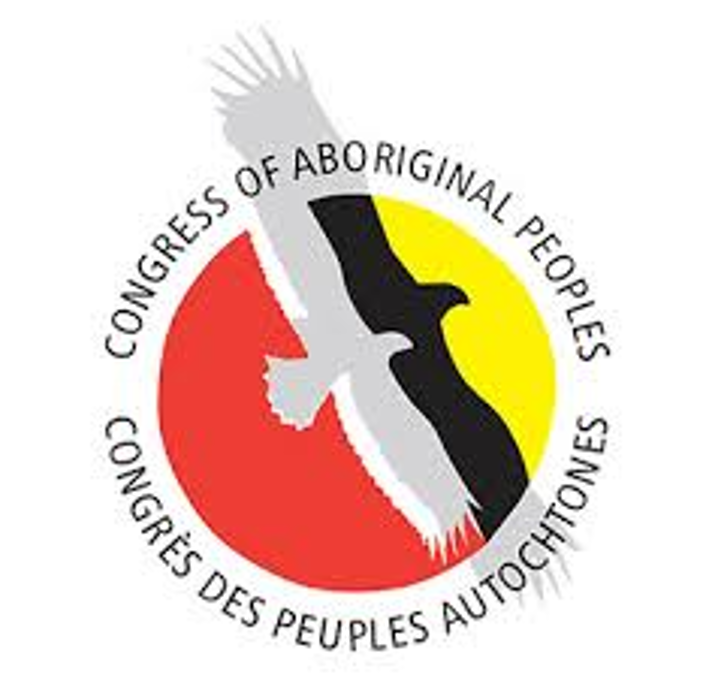3.3.4 Congress of Aboriginal Peoples

For more information on the Congress of Aboriginal Peoples please click here.
Founded in 1971 as the Native Council of Canada (NCC), the Congress of Aboriginal Peoples (CAP) was originally established to represent the interests of Métis and non-status Indians. Reorganized and renamed in 1993, CAP extended its constituency to include all off-reserve status and non-status Indians, Métis and southern Inuit Indigenous Peoples, and serves as the national voice for its provincial and territorial affiliate organizations. CAP also holds consultative status with the United Nations Economic and Social Council (ECOSOC), which facilitates its participation on international issues of importance to Indigenous Peoples.1
The CAP Board of Directors is composed of the National Chief, the National Vice-Chief, the National Youth Representative, and the President or Chief from each of the affiliated provincial and territorial organizations elected during the annual assembly. The Board meets several times a year to monitor and direct the activity of CAP. The Board is the decision making body of CAP between Annual General Assemblies.1
1Congress of Aboriginal Peoples website -accessed June 4, 2018.
